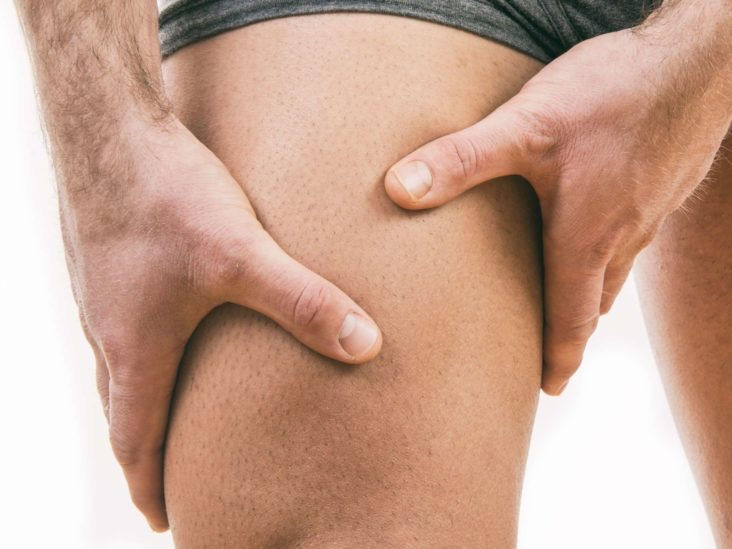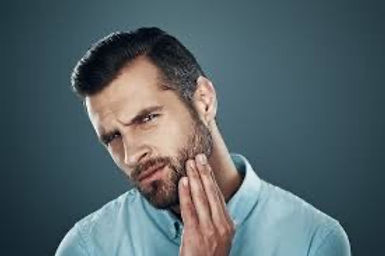
laser Hair Reduction
Our medical grade Laser delivers cutting edge technology with safe, effective and permanent hair reduction for a hassle free lifestyle.
What is involved?
Normally, Laser treatments are very straightforward. Once the technician has assessed the treatment area:
• A topical anaesthetic may be applied to the area but is not usually necessary.
• Cool gel will be applied to the skin, but our machine also has an integrated cooling system.
• You will be required to wear protective eyewear as the light can be damaging to the naked eye.
• The smooth, glass surface of the laser treatment head is applied to the skin, delivering precise pulses of light to the area being treated. It is relatively painless.
• Treatment sessions vary in time - depending of the size of the area, but typically anything from 10 minutes to 30 minutes is expected. A course of 4-8 sessions every 4 weeks may be needed to achieve desired results. 6 treatments is average.
• Most patients can return to work immediately after treatment.
Before your treatment
Prior to arriving for your treatment session, please follow the following instructions:
-
The area of treatment should be shaved at least 12 hours prior to treatment.
-
Wear loose-fitting clothes on the day.
-
Avoid alcohol or smoking the night before and on the day of the treatment.
-
Drink at least 1 litre of water the day before and the day of treatment - this helps your body
to regulate its temperature.
-
Arrive early prior so that you are relaxed.
-
Do not exercise before the treatment.
-
Avoid applying any products on areas of treatment, keep it dry and clean prior to treatment.
-
Do not expose the skin to UV light or apply any self-tanning products for 8 weeks prior to
treatment.
Post treatment
Here's what to avoid:
-
Avoid exposing skin to UV light or self-tan for at least 2 weeks after treatment. This is to minimise darkening of the skin (hyperpigmentation).
-
Avoid heat treatments such as spas, steam rooms and saunas for 7 days.
-
Avoid excessive scrubbing or applying pressure to the skin for 4-5 days. This is to allow the
treated skin to recover and to prevent any infection.
-
Avoid shaving the treated area for 72 hours after treatment.
-
Avoid exercising for at least 48 hours.
-
Avoid hot baths and hot showers for 48 hours.
-
Avoid anything that involves chlorine (e.g. swimming) for 48 hours.
-
Avoid make-up on the treated area for at least 48 hours.
-
Avoid the application of perfumed products or bleaching creams for 48 hours.
-
Avoid scratching the treatment area if blistering or crusting occurs, as this can cause
scarring.
-
Avoid waxing, tweezing and threading for the complete duration of the treatment course.
Here's what to do after your treatment and between sessions:
• Do apply an ice-pack on the treated area to reduce pain, discomfort or irritation.
-
Do apply aloe vera gel or calming creams for 3 days after the treatment.
-
Do wear loose clothes to avoid friction on the treated area for 48 hours.
-
Do keep treated area clean and dry for 48 hours.
-
Do drink plenty of water.
-
Do use at least SPF 50 sunscreen with Zinc for at least 2 weeks.
For skin rejuvenation treatments, scabbing, darkening of the blood vessels under the surface of the skin (vascular lesion), hyperpigmentation (darkening of the skin caused by increased melanin), blanching (skin turning white/pale, caused by temporary obstruction of blood flow) are common reactions. Although very rare, there may be possible adverse reactions immediately after the treatment, such as:
-
Excessive pain.
-
Excessive persistent erythema (redness of the skin caused by increased blood flow).
-
Oedema (swelling caused by fluid retention).
-
Blistering (raised portion of the skin that is filled with fluid).
-
Bruising or marking of the skin in the shape of the crystal.
-
Grey / ash colour forming or the skin appears puckered.
-
Skin appearing puckered.
There may be further adverse reactions between 4 and 12 hours after treatment, such as:
-
Certain sensitive areas may cause swelling (oedema).
-
The treated skin will be sensitive and fragile and therefore could tear when rubbed
-
There may be a small risk of scarring. Hyper/hypopigmentation and loss of some of the skin
surface (epidermal erosion) may occur; however, the risk is minimised if sunscreen (SPF 50
or greater) with Zinc is used.
-
Prolonged itching may occur but keep the area cool and apply aloe vera gel or calming
creams.
In order for treatment to be successful and effective with minimal potential adverse effects as possible, you must follow the aftercare routine as indicated.

15 min
14 Australian dollars
15 min
30 Australian dollars
15 min
49 Australian dollars
15 min
49 Australian dollars
15 min
49 Australian dollars
15 min
49 Australian dollars
15 min
49 Australian dollars
15 min
50 Australian dollars
1 hr
Price varies
1 hr
Price varies
15 min
16 Australian dollars
15 min
25 Australian dollars
15 min
35 Australian dollars
15 min
49 Australian dollars
15 min
49 Australian dollars
15 min
49 Australian dollars
30 min
119 Australian dollars
30 min
169 Australian dollars
15 min
49 Australian dollars
30 min
129 Australian dollars
1 hr
290 Australian dollars
15 min
49 Australian dollars
1 hr
179 Australian dollars
30 min
69 Australian dollars
30 min
99 Australian dollars
30 min
49 Australian dollars
30 min
59 Australian dollars
30 min
49 Australian dollars
1 hr
129 Australian dollars
45 min
129 Australian dollars
30 min
69 Australian dollars
30 min
120 Australian dollars
15 min
30 Australian dollars
30 min
119 Australian dollars
15 min
49 Australian dollars
30 min
119 Australian dollars
45 min
179 Australian dollars
1 hr
248 Australian dollars
30 min
139 Australian dollars
30 min
69 Australian dollars
1 hr
159 Australian dollars
1 hr 30 min
159 Australian dollars
1 hr
400 Australian dollars
1 hr
249 Australian dollars
30 min
250 Australian dollars
15 min
69 Australian dollars
30 min
99 Australian dollars
30 min
99 Australian dollars
30 min
99 Australian dollars
30 min
210 Australian dollars
15 min
49 Australian dollars
15 min
30 Australian dollars
15 min
45 Australian dollars
15 min
69 Australian dollars
30 min
150 Australian dollars
15 min
75 Australian dollars
15 min
69 Australian dollars
30 min
49 Australian dollars
15 min
69 Australian dollars




